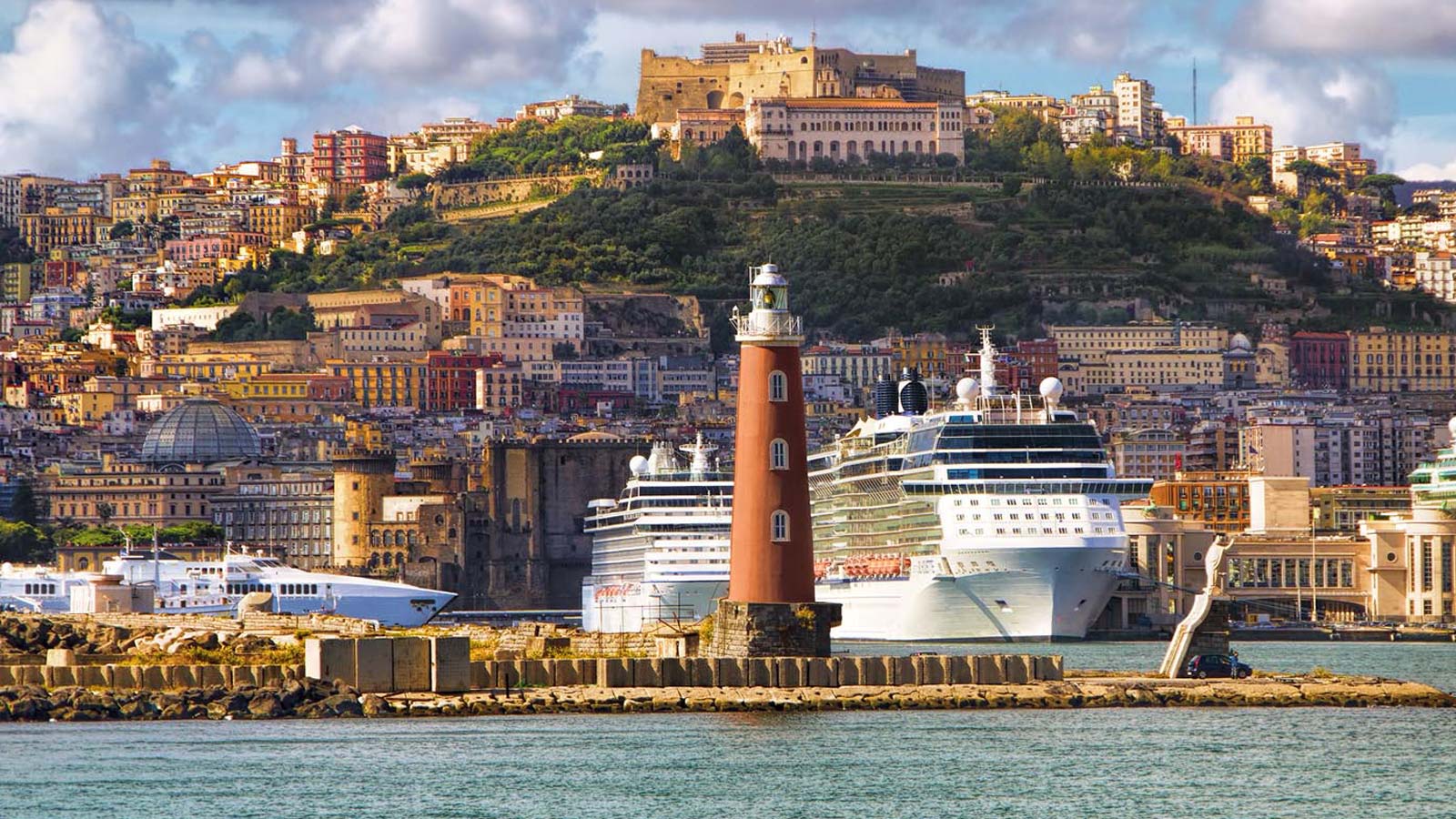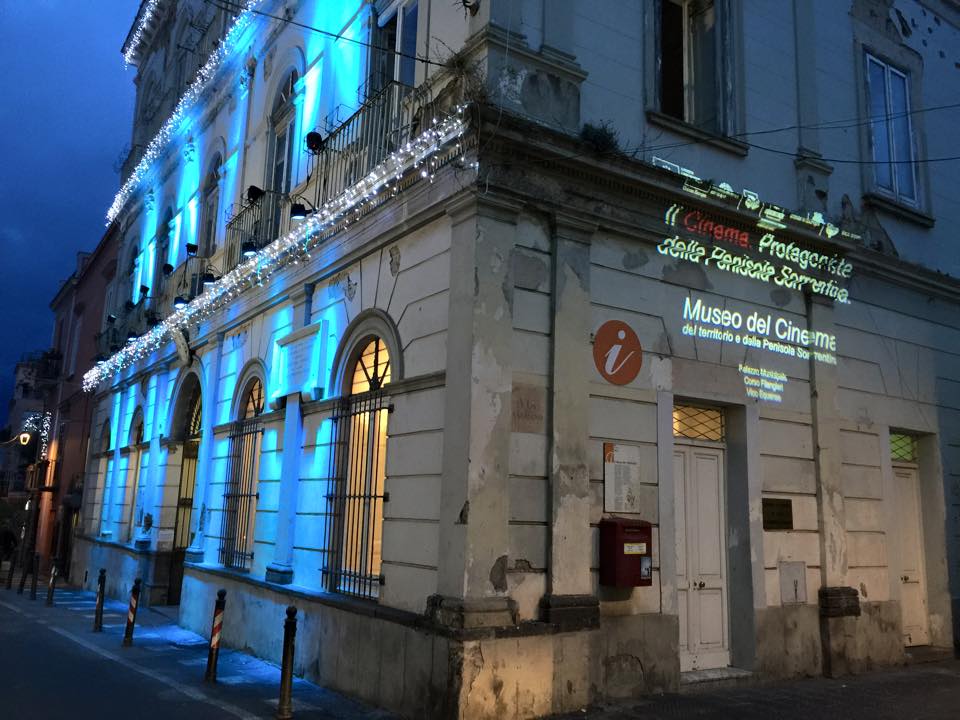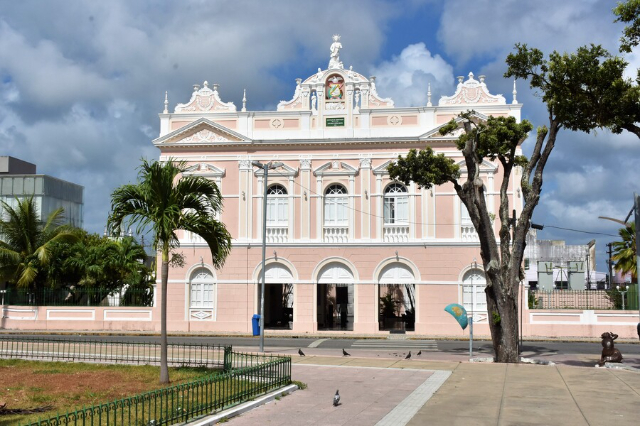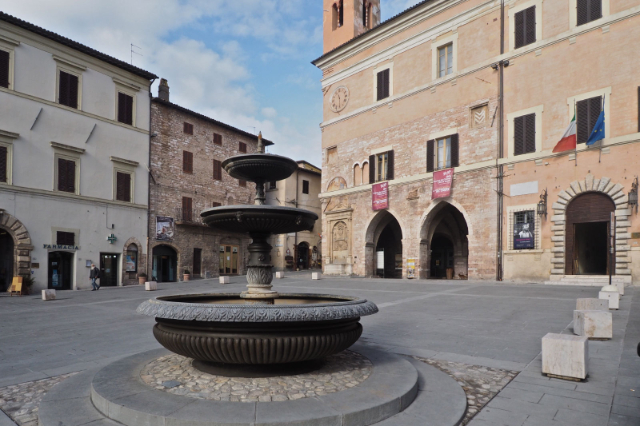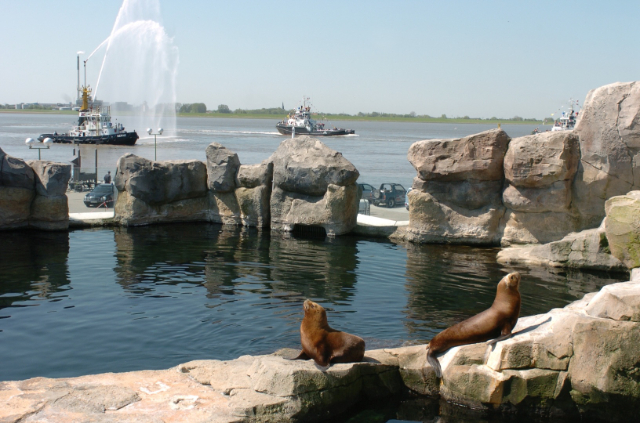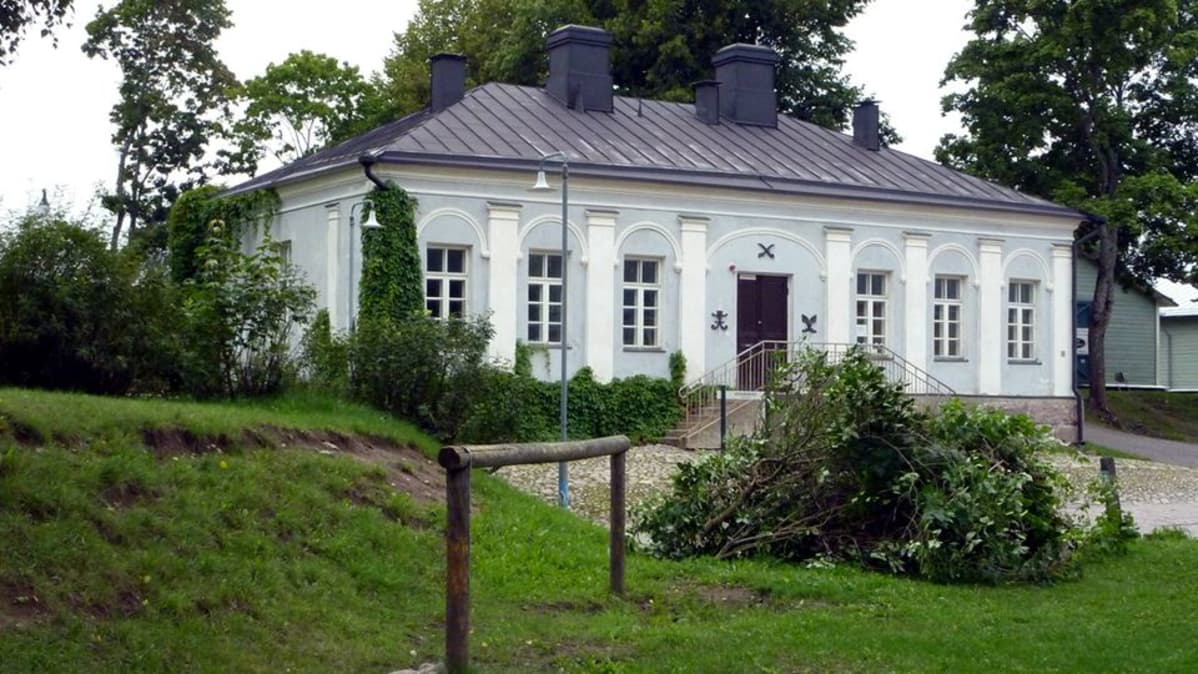The first news about Castel Sant’Elmo indicate it, around 1275, as a fortified Angevin residence, called Belforte; it was then Robert of Anjou in 1329 to want the enlargement of the palatium and the task was entrusted to Tino di Camaino, then engaged in the construction of the nearby Certosa di San Martino.
The current configuration with the six-pointed star system is instead due to the sixteenth-century reconstruction, wanted between 1537 and 1547, by Don Pedro de Toledo during the Spanish viceroyalty. The project was carried out by the Spanish military architect Pedro Luis Escrivà.
The first castellan of Sant’Elmo was Don Pedro de Toledo, cousin of the viceroy, who died in 1558, and whose funeral monument is preserved in the sacristy of the church, located on the Piazza d’Armi of the Castle.
The castle was often used during the following centuries as a prison, there were imprisoned Tommaso Campanella, accused of heresy and later the patriots of the Neapolitan revolution of 1799 such as Gennaro Serra, Mario Pagano and Luigia Sanfelice. After having been a Bourbon garrison, it was a military prison until 1952. Subsequently, the fortress has passed to the military state property until 1976, the year in which he began a major restoration work by the Superintendent of Public Works of Campania. The works have made possible the recovery of the original structure, making visible the ancient paths, the patrol walkways and the underground areas, where it was made a large auditorium.
In 1982 the monumental complex was entrusted to the Superintendence for Artistic and Historical Heritage of Naples. Today the castle is home to the offices of the Directorate of the Polo Museale della Campania and the Museum of the Twentieth Century in Naples.
Over the last thirty years, the Castle has been the site of numerous exhibitions of ancient and contemporary art, as well as of an intense activity of musical, film and theater events. And what makes this monumental site unique are the terraces, from which one can admire a spectacular panorama of the whole surrounding territory, from the islands to Vesuvius, from Campi Flegrei to the Matese mountains.
MUSEUM OF THE TWENTIETH CENTURY IN NAPLES
On the imposing Piazza d’Armi, in 2010, the Museum ‘Novecento a Napoli. Per un museo in progress’, with the aim of providing the most complete and rigorous vision possible of what has happened in the city’s culture over the course of almost a century, attentive to the great thrusts of renewal and the intense succession of movements and poetics.
The collection consists of works of public property, donations of artists or heirs and long-term loans ‘on loan’ by collectors.
More than 170 works by 90 Neapolitan artists are exhibited in the Museum, with the addition of some non-neapolitan masters who were active in the city in various roles. The exhibition is divided into chronological sections: from the documentation of the Secession of the Twenty-three (1909) or of the first Futurism in Naples (1910-1914) to the Circumvisionist movement and the second Futurism (1920s-30s); from the various testimonies of what was produced between the two wars to the experiences after the Second World War (1948-1958), from the ‘Sud’ Group to the so-called Neorealism, from the M.A.C. group to the Informal or the ’58 Group. This is followed by sections devoted to the 1970s, up to the last section, where the activity of those who, while continuing to work after 1980, experimenting with different languages, had already established themselves in the city during that decade, is documented,
The presence of the Museo del Novecento (Museum of the Twentieth Century) has consolidated the Castle’s vocation as a center for research and experimentation: meetings are held there on themes and issues related to contemporary culture and, since 2011, the international competition for young artists "Un’opera per il Castello" (A Work for the Castle) has been instituted, rewarding the most deserving artistic project and financing its realization.
In addition to the series of installations that already established artists have created for Castel Sant’Elmo, from Eugenio Giliberti to Giancarlo Neri, from Mimmo Paladino to Sergio Fermariello and Alberto Di Fabio, there are the site-specific works of the winners of the competition: Daniela Di Maro, Rosy Rox, Gian Maria Tosatti, the collective Le Jardin, Claudio Beorchia, Paolo Puddu.
